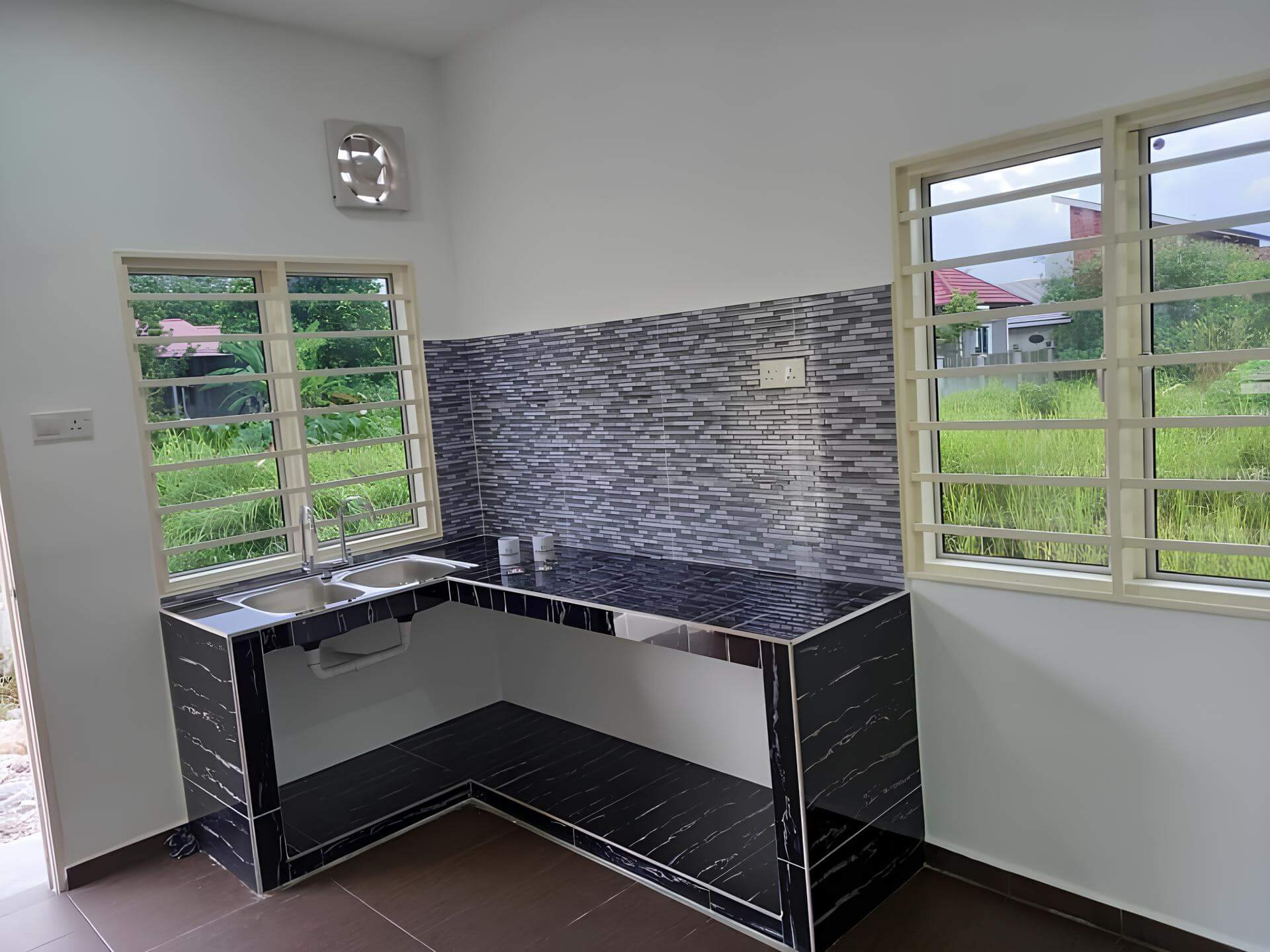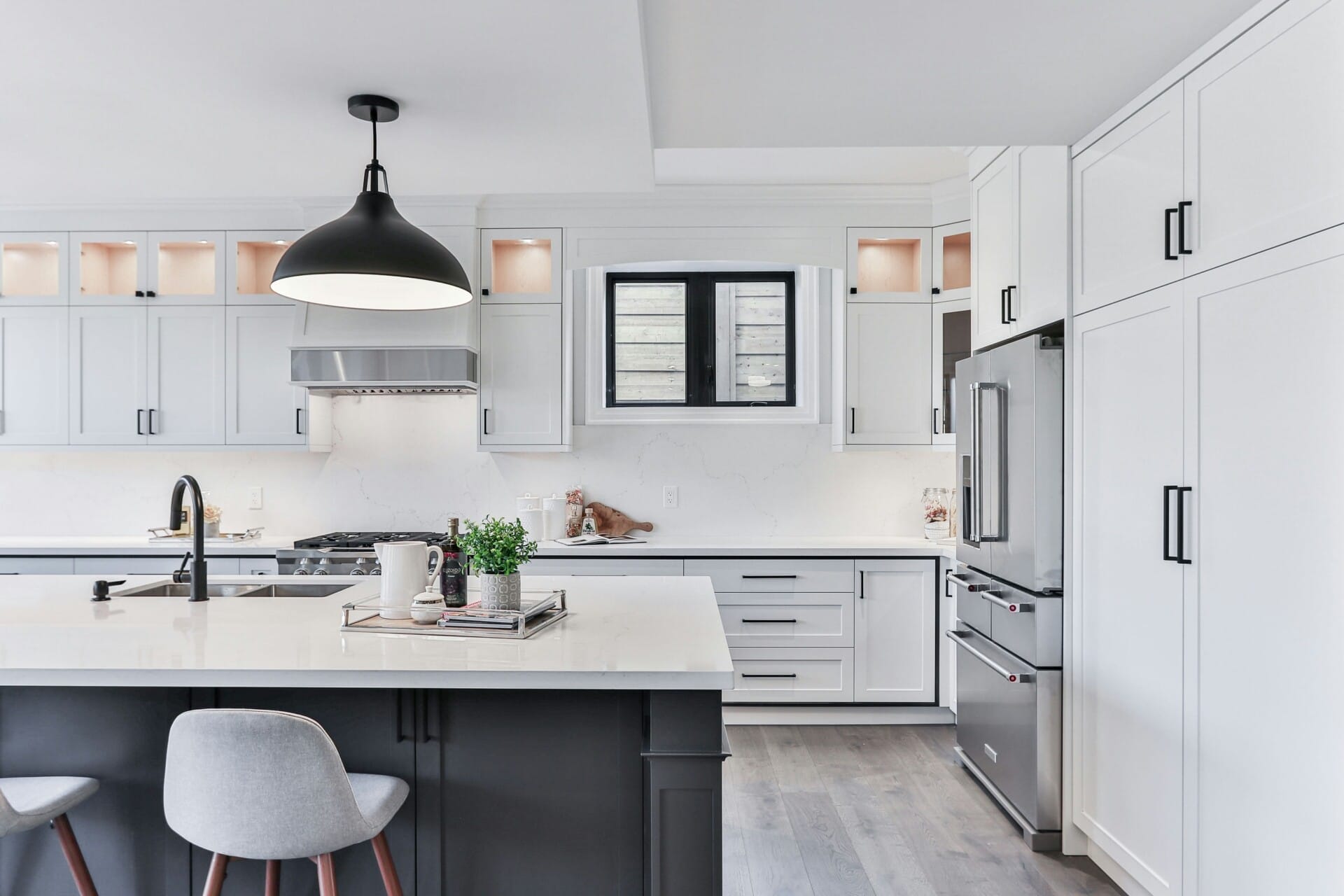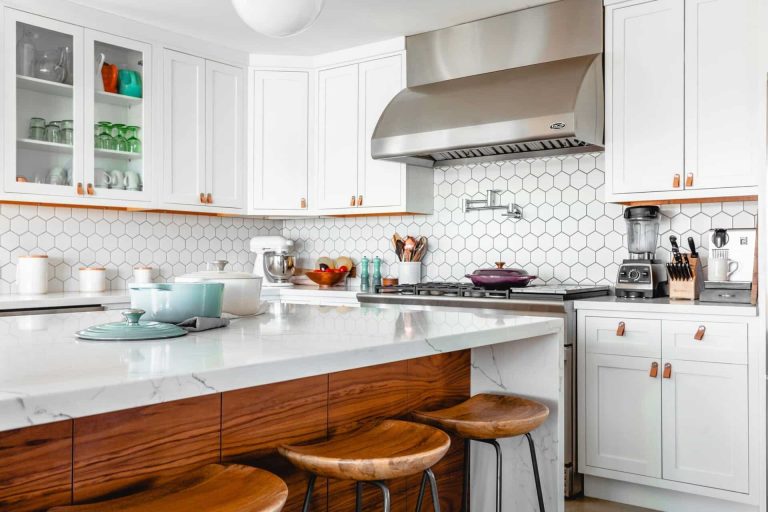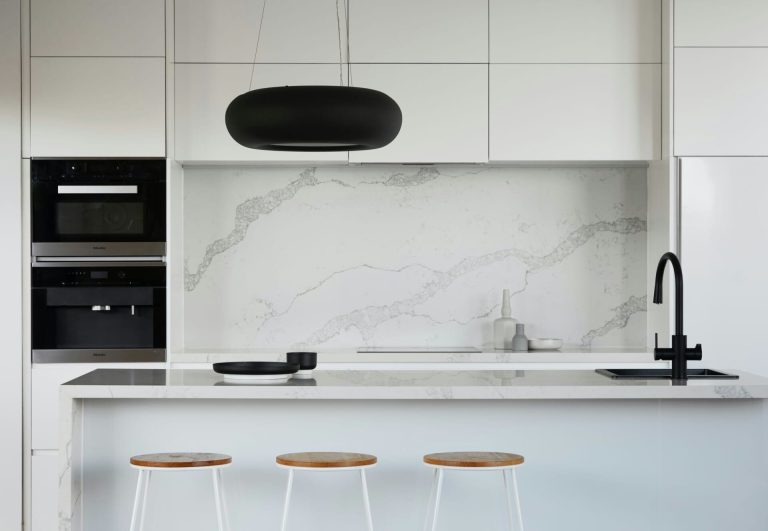A Guide to Carrying Out a Final Inspection Before Accepting Your New Home
Purchasing a home is not just a financial transaction; it’s a pivotal moment in life that marks the beginning of new memories, adventures, and a chapter rich with potential. After months of searching, dreaming, and planning, the moment to step over the threshold of your new abode is finally at hand. But before you grab the keys and start decorating, there’s an essential step that requires your careful attention: the final inspection. This crucial protocol not only ensures that your future sanctuary meets your expectations but also protects your investment by unveiling any hidden issues that could arise long after you’ve settled in.
In this guide, we will delve into the art of conducting a thorough final inspection—an often-overlooked yet vital phase of the home-buying process. We will explore the essential elements to consider, from structural integrity to aesthetic details, as well as the practical tools and checklists that empower you to navigate this final walkthrough with confidence. Whether you are a first-time homebuyer or a seasoned real estate enthusiast, understanding how to effectively assess your new home can pave the way for a smooth transition and a satisfying ownership experience. So, lace up your boots and bring along your curiosity; it’s time to ensure that your new key unlocks not just a door, but a space you will truly call your own.
Essential Checkpoints for Your Final Walkthrough
As you embark on your final walkthrough, it’s important to have a thorough checklist to ensure your new home meets your expectations. First and foremost, check the major systems such as plumbing, heating, and electrical. Inspecting these systems for functionality will save you from potential headaches after you move in. Verify that all outlets are operational, faucets are free from leaks, and the thermostat is functional. Don’t hesitate to turn on appliances to ensure everything is working as it should.
Next, pay attention to the condition of the interior and exterior of the property. Look out for any signs of damage that may have been overlooked previously. Inspect walls for cracks, doors for proper alignment, and windows for any issues with opening and closing. Additionally, assess the condition of the flooring, checking for scratches, stains, or loose tiles. If you find any concerns, document them and address them with your realtor or the seller.
don’t forget to inspect the overall cleanliness and the presence of any agreed-upon repairs. A home should be squeaky clean upon final inspection, so check corners, appliances, and storage spaces. Any repairs that were promised should be completed and in good quality. If you’ve made agreements regarding the inclusion of certain items, like window treatments or fixtures, verify they are present and in good condition. Your final walkthrough is your last chance to ensure your future home is perfect, so take your time and trust your instincts.

Identifying Red Flags and Potential Issues
As you prepare for the final inspection of your new home, it’s essential to be vigilant about potential issues that could lead to significant headaches down the road. Start by visually assessing the overall condition of the property. Look out for signs of water damage, such as stained ceilings or walls, which could indicate plumbing issues. Pay attention to any cracks in the foundation or walls, as these may suggest underlying structural problems. A keen eye can often catch small discrepancies before they escalate into costly repairs.
During your walkthrough, keep a checklist handy to help identify red flags in essential systems of the home. Consider monitoring:
- Electrical Systems: Test all light switches and outlets. Look for flickering lights or burnt-out bulbs, which could signal wiring issues.
- Heating and Cooling: Ensure the HVAC system operates efficiently. Listen for unusual noises and check the thermostat functionality.
- Roofing and Gutters: Inspect for missing shingles or debris buildup in gutters that could lead to water pooling.
If you are unsure about any aspects of the home’s condition, it may be beneficial to consult with professionals. Consider obtaining a home inspection report, preferably from a certified inspector, which will uncover potential hidden problems and give you peace of mind. Below is a brief comparison of common inspection concerns that a professional might identify:
| Issue | Potential Cost | Importance |
|---|---|---|
| Foundation cracks | $500 – $3,000 | High |
| Roof leaks | $1,500 – $5,000 | High |
| Faulty wiring | $1,000 – $4,000 | Critical |
| Inadequate insulation | $1,000 – $2,500 | Medium |

Understanding the Importance of Home Documentation
Home documentation serves as the backbone of your new property journey, equipping you with essential information and ensuring a smooth transition into your new living space. Accurate documentation, such as inspection reports, warranties, and manuals, allows you to understand the current condition of the house and any potential issues that may arise. This knowledge empowers you to address concerns proactively, rather than reactively, ultimately saving time and money in the long run.
Moreover, having organized home documentation enhances your confidence in making significant decisions regarding repairs, upgrades, or modifications. When issues are documented and understood, you can weigh options more effectively. Consider keeping records of the following key elements, as they will aid in the upkeep and improvement of your home:
- Inspection Reports: Details concerning any inspections conducted prior to purchase.
- Warranty Information: Coverage for appliances or structural components.
- Service Records: Documentation of any repairs or maintenance performed.
adequate home documentation not only helps you safeguard your investment but also plays a crucial role in communication with future buyers or service providers. Should you decide to sell or update your home, having a comprehensive record ensures you can showcase its past care and maintenance. Here’s a summary of the crucial documents you should maintain:
| Document Type | Description |
|---|---|
| Purchase Agreement | Records the terms of your home purchase. |
| Inspection Reports | Details findings from professional inspections. |
| Maintenance Records | A history of repairs and routine services. |
| Appliance Manuals | Guides and troubleshooting for household appliances. |

Tips for Effective Communication with Your Builder or Seller
Establishing a clear line of communication with your builder or seller is crucial during the final inspection process. Be direct about your expectations and concerns; don’t hesitate to voice your thoughts. Prepare a list of questions or topics to cover, such as timelines, materials used, and any warranties included. This will not only keep the conversation focused but also demonstrate your engagement in the process. A good builder or seller will appreciate your initiative and respond positively to your inquiries.
It’s beneficial to adopt an approach that promotes collaboration. Use “we” statements instead of “you” to foster a team spirit. For example, instead of stating, “You didn’t finish the flooring,” phrase it as, “We noticed the flooring isn’t completed.” This subtle shift can lighten the tone of the conversation and make problem-solving more cooperative. Additionally, if you encounter any issues, try to suggest solutions rather than merely pointing out problems. This attitude can go a long way in maintaining a positive working relationship.
Lastly, consider documenting all your communications. Keep a detailed record of your discussions, agreements, and any follow-up actions required. This could be in the form of an email summary after meetings or a shared document that outlines key points discussed. Creating a table can also help you track unresolved issues effectively:
| Issue | Status | Resolution Date |
|---|---|---|
| Flooring completion | Pending | MM/DD/YYYY |
| Paint touch-ups | In Progress | MM/DD/YYYY |
| Window installation | Completed | MM/DD/YYYY |
By laying out all the pertinent details in a structured manner, you not only enhance clarity but also ensure that both parties are aligned. Proper communication can greatly smoothen the journey towards accepting your new home.
Q&A
Q&A: A Guide to Carrying Out a Final Inspection Before Accepting Your New Home
Q: What is a final inspection, and why is it important?
A: A final inspection is a thorough walkthrough of your new home, typically conducted just before closing the sale. It’s crucial because it allows you to confirm that the property is in the agreed-upon condition and that any repairs or changes have been completed to your satisfaction. It’s your last chance to catch any issues before officially taking ownership.
Q: When should I schedule the final inspection?
A: Ideally, you should schedule the final inspection 24 to 48 hours before closing. This timing not only gives you a fresh perspective on the property but also allows you to address any potential concerns with the seller or your agent before finalizing the sale.
Q: What should I look for during the inspection?
A: During the inspection, focus on several key areas:
- Structural Integrity: Check for any cracks in the walls or ceilings.
- Utilities: Test faucets, showers, and toilets for leaks. Turn on heating and cooling systems to ensure they function properly.
- Appliances: Confirm that all included appliances are operational.
- Cosmetic Details: Examine flooring, paint, and finishes for quality.
- Exterior Condition: Look for any damage to the roof, siding, windows, and landscaping.
Q: Should I bring anyone with me to the final inspection?
A: Yes! Bringing a trusted friend, family member, or even your real estate agent can provide you with additional perspectives and insights. They may notice things you might overlook in the excitement of the moment.
Q: How should I document my findings?
A: Take detailed notes and photographs of any concerns you discover during your inspection. This documentation will be valuable if you need to negotiate repairs or adjustments with the seller before closing.
Q: What if I find issues during the final inspection?
A: If you encounter problems, don’t panic! Discuss your findings with your real estate agent immediately. Depending on the situation, you may be able to negotiate repairs, request credits toward closing costs, or even delay the closing until the issues are resolved.
Q: Can I still back out if I find significant issues?
A: If the issues are serious enough, you may have grounds to renegotiate the sale or, in some cases, back out of the deal entirely, depending on the terms of your purchase agreement. Always consult your agent for guidance on your options.
Q: Is there anything else I should prepare for?
A: Yes, make sure you have all necessary documents handy, including your purchase agreement, inspection reports, and a checklist of what to inspect. Arriving prepared will make the final inspection a much smoother experience.
Q: After the final inspection, what’s next?
A: Once you’ve completed your final inspection and addressed any concerns, it’s time to prepare for the closing process. Review your closing documents carefully, and ensure you have secured financing and insurance. Then, get ready to collect the keys to your new home!
Remember, the final inspection is your opportunity to step into your new beginning with confidence. Happy home hunting!
In Retrospect
As you stand on the threshold of your new home, the excitement of what lies ahead can be nearly palpable. However, before you fully immerse yourself in this new chapter, it’s crucial to ensure that everything is in order. A final inspection may seem like just another step in a lengthy process, but it is an invaluable opportunity to safeguard your investment and peace of mind.
Armed with the insights from this guide, you are now equipped to approach the final inspection with a keen eye and a discerning attitude. Whether it’s checking for imperfections, verifying that all fixtures are in working order, or understanding the nuances of your new space, each detail matters. Remember, this is not just the end of your home buying journey; it is the beginning of countless memories to come.
Take your time, trust your instincts, and don’t hesitate to advocate for any necessary repairs or adjustments. After all, your new home should be a place that reflects comfort and security—a sanctuary where you can envision your future unfolding beautifully. So, step boldly into this next adventure, knowing you’ve laid the groundwork for a smooth transition, and may your new abode bring you joy and fulfillment for years to come. Happy inspecting!



